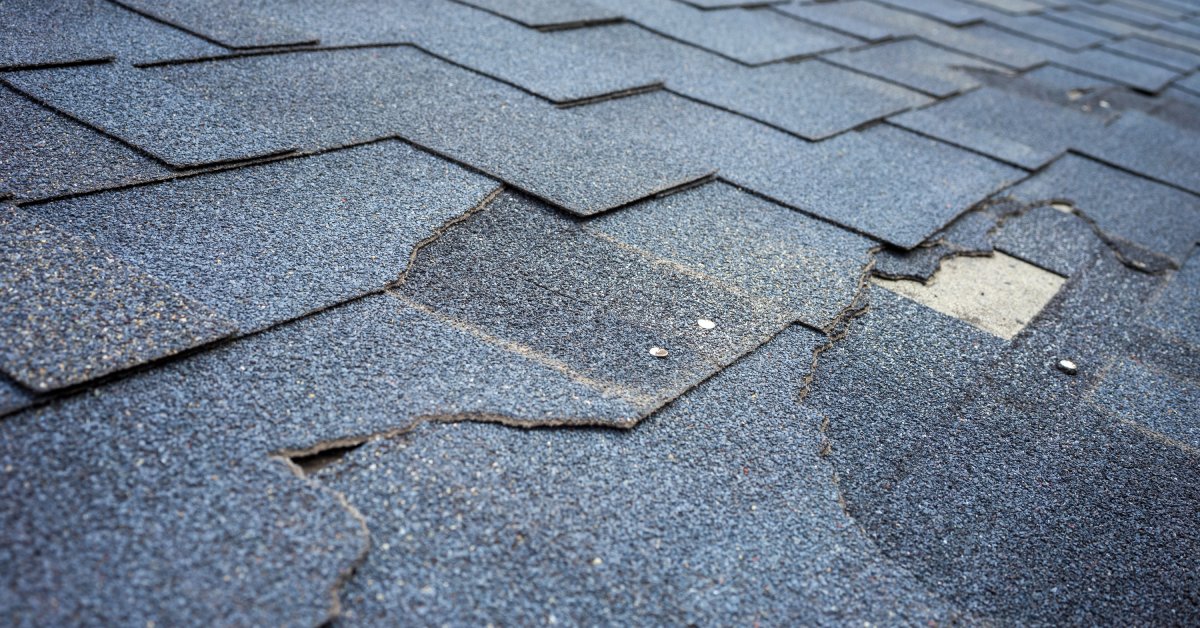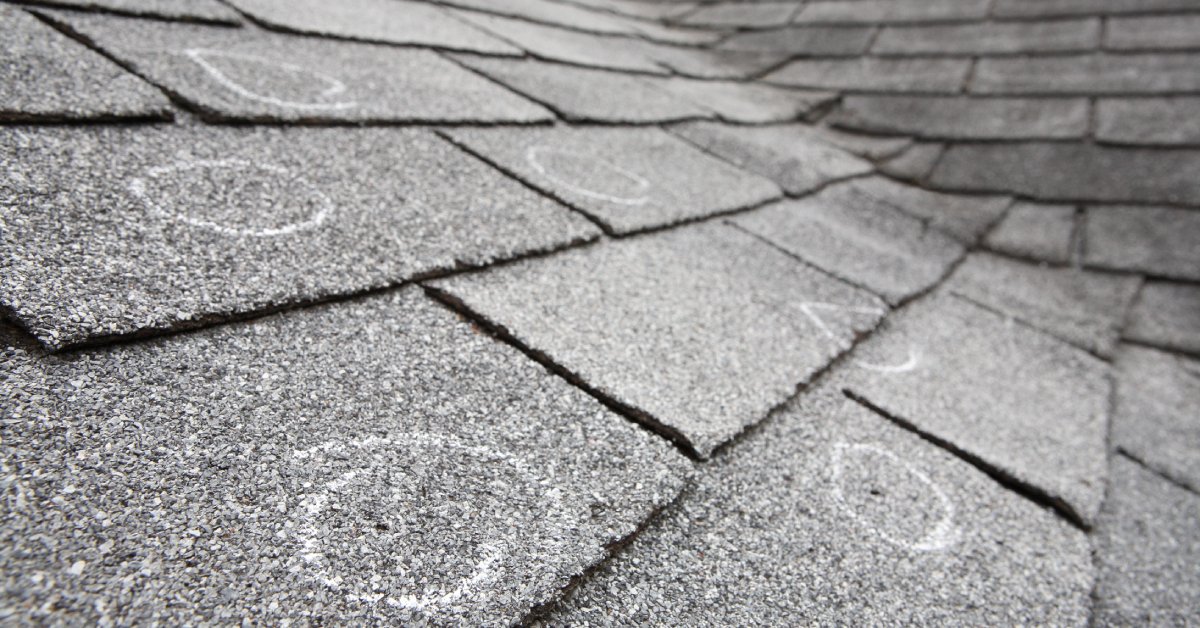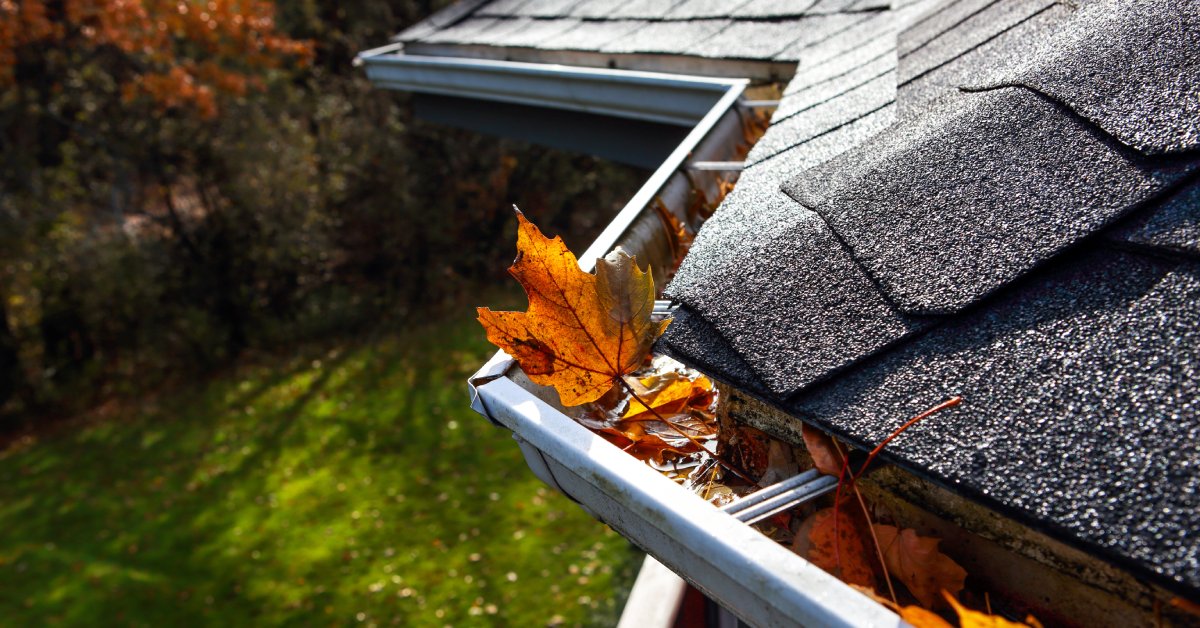Common Roofing Problems and How To Prevent Them
March 7th, 2025 | By Dale Chastain

Maintaining a safe and secure home starts with paying attention to one of its most critical components: the roof. A well-maintained roof protects your property from the elements and enhances its overall value and longevity.
Regular inspections, timely repairs, and proactive care are essential steps to prevent costly damage and ensure your roof remains in top condition. Understanding common roofing problems and how to prevent them is crucial for experienced homeowners and those new to property maintenance.
This guide will provide you with practical tips, insights on preventative measures, and guidance on seeking professional help. By staying informed and proactive, you can safeguard your investment, avoid unnecessary stress, and extend your roof’s life while ensuring your home’s safety and comfort.
Damaged or Missing Shingles
Over time, exposure to the elements, aging materials, or the impact of debris and strong winds can cause shingles to crack, curl, or fall off entirely. Damaged or missing shingles compromise the aesthetic of your roof and create vulnerabilities for leaks, water damage, and long-term structural issues, including rotting or weakening of the underlying roof materials.
By promptly identifying and replacing damaged or missing shingles, you can help mitigate potential risks and extend the lifespan of your roof. Investing in high-quality, durable shingles during installation or re-roofing can enhance the durability and reliability of your roof.
Improper Installation
Improper roof installation is a significant issue that can lead to multiple problems impacting the longevity and functionality of your roof. Mistakes such as using the wrong type of materials, failing to align shingles correctly, or neglecting to secure proper ventilation can result in serious consequences, such as structural damage and inefficient energy usage due to poor insulation. An improperly installed roof is more susceptible to premature wear and tear, which could need costly repairs or complete replacement.
To avoid these risks, hiring experienced, licensed roofing professionals who adhere to industry standards and use high-quality materials is crucial. Investing in proper installation from the start ensures durability and performance and provides peace of mind, knowing your home has the right protection.
Punctures and Holes

Punctures and holes in your roof can pose serious risks to its structural integrity and the overall safety of your home. These issues are often caused by falling debris, such as heavy branches, or extreme weather conditions, such as hailstorms and strong winds.
Regular inspections, particularly after severe weather events, can help identify vulnerabilities early. When you detect damage, professional roof repair services can handle the situation effectively, restoring the roof’s durability and preventing more extensive problems. These proactive steps are vital in maintaining your roof’s health and prolonging its life span.
Poor Ventilation
When a roof lacks adequate ventilation, heat, and moisture can become trapped in the attic, creating potential problems. These include mold and mildew development due to excess moisture, warping or rotting of wooden components, and a significant reduction in the lifespan of shingles. The trapped heat can increase energy costs, as your cooling systems must work harder to regulate the temperature.
Ensuring proper ventilation involves installing adequate roof vents, such as ridge vents, soffit vents, or gable vents, tailored to the specific design of your roof. Routine maintenance is necessary to eliminate blockages and ensure air circulates freely through the attic.
Tree Damage
Overhanging trees can pose significant risks to the health and durability of your roof. Branches that scrape against the roof during windy conditions can damage shingles, stripping away important protective layers over time. Large branches that break and fall can cause catastrophic structural damage, potentially requiring costly repairs. Trees near the home often drop leaves, twigs, and other debris into gutters, leading to blockages that prevent proper water drainage.
To minimize these risks, trimming any overhanging branches is essential to ensure they maintain a safe distance from the roof. Regularly inspecting surrounding trees for weak or dead branches and keeping gutters clear of debris can also protect your roof from damage caused by tree-related hazards.
Clogged Gutters

When gutters become filled with leaves, twigs, dirt, or other debris, they lose their ability to direct water away from the roof and foundation. This blockage can cause water to overflow, seeping under shingles, leading to leaks, rotting wood, or even structural damage if left unaddressed. Stagnant water in clogged gutters can create a breeding ground for pests, mold, and mildew, further exacerbating the issue.
To prevent these problems, clean your gutters at least twice a year, typically during the spring and fall. Installing gutter guards can help reduce the accumulation of debris, making maintenance less frequent and helping to preserve the integrity of your roof and home. Taking these preventive measures can protect your property from avoidable water damage and extend the life of your roofing system.
Ice Dams
Ice dams are a common hazard when snow on your roof melts due to heat rising and then refreezes along the roof’s edges, creating a blockage that prevents proper drainage. This trapped water can seep under shingles, leading to leaks, water damage, and even structural issues within your home. The primary cause of ice dams is uneven roof temperatures from poor insulation and inadequate ventilation.
To prevent ice dams, maintain proper attic insulation and ventilation to ensure a consistent roof temperature. Removing snow from your roof with specialized tools soon after a snowfall can help reduce ice dam formation. Installing ice dam prevention systems, such as heated cables or ice and water shields, can offer added protection and reduce the risk of costly damages.
Pooling Water
Flat or low-sloped roofs are especially susceptible to pooling water, a common issue that can pose significant risks to the integrity of your roofing system. When water does not properly drain, it collects in certain areas, leading to the gradual degradation of roofing materials, the development of leaks, and even structural damage such as sagging over time.
To mitigate these risks, install efficient drainage systems specifically designed for flat roofs and perform routine inspections to ensure no obstructions, such as debris or leaves, impeding water flow. Repair sagging areas of the roof to prevent further water accumulation, as prolonged pooling can escalate the severity of the damage and result in costly repairs.
Understanding common roofing problems and how to prevent them can save you time, stress, and money in the long run. Regular inspections, timely maintenance, and professional services are key to keeping your roof in optimal condition.
When in doubt, consult a licensed roofing professional who can provide expert advice and address any roofing concerns effectively. A well-maintained roof is an investment that contributes to the comfort, safety, and value of your home.


